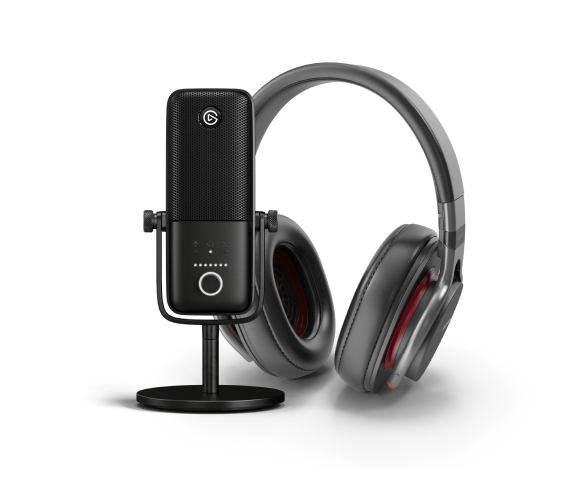Check out our latest blog article: From component to enterprise – modular robotics done right.
How Plasmonics Changes the Clean Energy Landscape
Trevor Best, CEO and Co-Founder of Syzygy Plasmonics, brings his energy expertise to the pod this week to talk about the science and strategy behind his startup. Alongside his co-founder, Dr. Suman Khatiwada, Trevor is making a new form of chemical reactor that eliminates combustion and prevents CO2 emissions. Topics of discussion include early entrepreneurship failures and successes, developing a strong pitch for a technical startup, and helping the energy transition take hold in Houston.
Visit Trevor Best on LinkedIn.
Learn more about Syzygy Plasmonics on the Syzygy website.
Connect with Chris Howard on LinkedIn.
Check out Softeq on the Softeq website.
Timecoded Guide:
[00:00] Podcast begins - How Plasmonics Changes the Clean Energy Landscape
[02:35] Trial & error on the journey of entrepreneurship
[09:41] The science & strategy behind Syzygy Plasmonics
[12:48] Working with Plasmonic experts Halas and Nordlander
[18:08] Pitching energy investment in a highly technical startup
[25:28] Giving entrepreneurs advice in the Houston innovation ecosystem
What is Syzygy Plasmonics? What is your startup doing?
Plasmonics and the science behind it is a bit esoteric, in Trevor’s opinion, but the success of Syzygy can be traced back to Rice Professors Naomi Halas and Peter Nordlander. At a company level, Syzygy has created a new type of chemical reactor that eliminates combustion from chemical processes. What this means is that raw materials like fertilizer can be created without releasing gigatons of harmful CO2 emissions into the Earth’s atmosphere.
“It allows the whole industry to participate in the energy transition and to electrify their chemical processes. If y'all remember one thing about us, we help to reduce costs and emissions by electrifying these very hard to abate processes associated with refineries and chemical plants.”
How did you learn to get better at pitching to investors?
Highly-technical startups can be very difficult to raise capital for, but Trevor and his team have raised over $100 million through pitching to investors. When Trevor talks about his pitching process, he’s quick to admit that it took a long time to hone in his skills and understand that some details aren’t nearly as exciting to investors as they are to tech experts or engineers. Through constant practice and near-constant pitching, Trevor says he was finally able to simplify his message and let the innovation of Syzygy really shine.
“First time we started pitching, my pitch was awful. It was just absolute garbage. I would walk into an investor's office and I'd be like, "We have a plasmonic nanomaterial that can elicit hot electron transfer under the right amount of incident photon flux," and nobody cared at all.”
Why is Houston the right place for Syzygy Plasmonics?
Houston’s ecosystem of tech and engineering talent makes this city a perfect place for the highly technical, ever-evolving Syzygy. Trevor explains that what Houston lacks right now in access to capital, it more than makes up for in talent and technology. With so many professionals interested in the clean energy industry, Trevor says the sky's the limit as to who Syzygy can hire and partner with.
“Houston has been an absolutely amazing ecosystem for us for a couple reasons. One is the kind of company we are, working with chemistry, working with hard tech, just the amount of talent here is really unprecedented.”
Do you have any advice for founders getting started here in Houston?
Trevor attributes his success in Houston to hard work and showing up everywhere in the community. With resources like Greentown Labs and Wolff Center for Entrepreneurship, entrepreneurs in Houston have the opportunity to build a massive network of like-minded innovators. Trevor advises young founders to attend every networking event in their community, to not get easily discouraged, and to focus on progress, not on perfection.
“If you look back at Syzygy's history, a lot of people see success. But, whenever I'm looking back, I see tons and tons and tons of failures, and I see an awesome team that never gave up and would come back in the next morning and get back on it.”
You maybe interested in:
